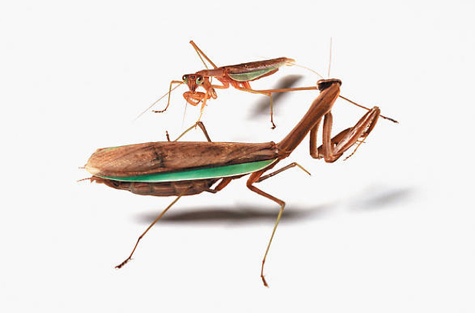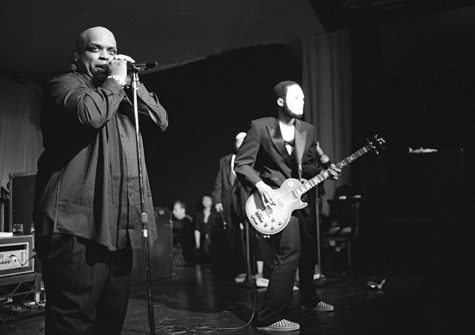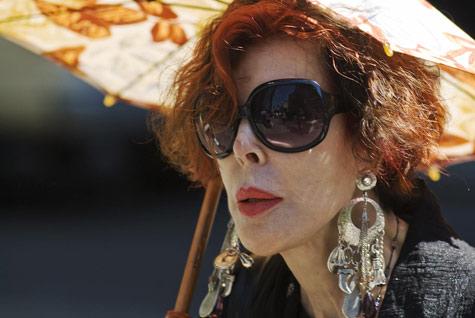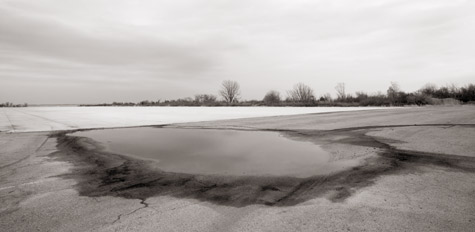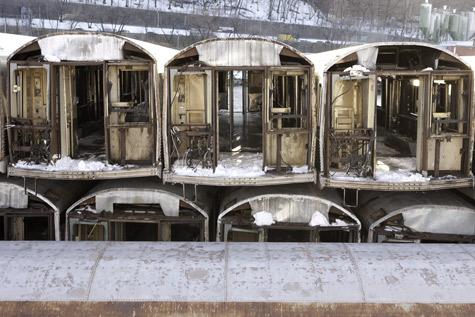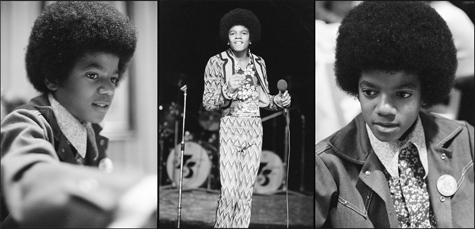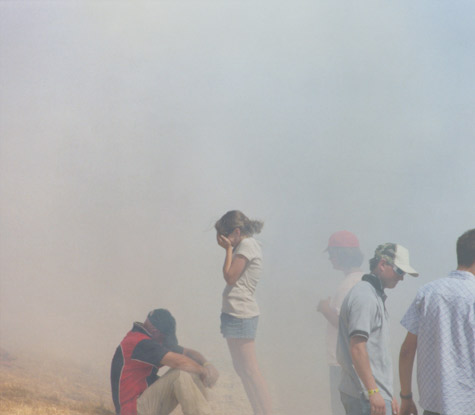
View the feature.
aCurator is proud to support Aperture Foundation.
"Aperture Foundation is a non-profit arts institution dedicated to promoting photography in all its forms, and as part of our ongoing mission to support the work of emerging photographers, Aperture is presenting an exhibition featuring the work of Australian photographer Michael Corridore, winner of the 2008 Aperture Portfolio Prize, at Aperture Foundation. Part of a new initiative, these prints are available for sale, with the proceeds benefiting both the artist and the Aperture Foundation Emerging Artist Fund.
In the words of Aperture book publisher Lesley A. Martin, 'Corridore's project, Angry Black Snake, is an exercise in minimalism. Each image has been pared down to the barest of elements--urgent gestures and hardly traceable figures cloaked in smoke and dust. Yet each image pulses with palpable emotional tension, telegraphed by these starkest of representational sketches and the subtle shifting colors of the clouds that descend upon each scene like a flimsy curtain.
'As Corridore describes it, the project began as part of a larger portrayal of spectators at various events, including auto races, but became increasingly focused on those few moments where the event and the landscape in which it takes place come into direct and violent contact, for all intents and purposes eliding the spectator from the scene almost entirely. Car race or apocalyptic collision, the true nature of these events is never fully disclosed. Behind the scrim of kicked up particulate matter, however, it's evident that there is something afoot. The few discernible figures raise their arms - in victory, or perhaps to call out in distress; eyes are covered or screened for a better view. The work is remarkable for its use of restraint as a strategy to immerse the viewer in an indecipherable yet tangible Sturm und Drang.'
This year's winner, Alexander Gronsky, and the runners up can be viewed here, and Corridore's prints can be purchased here.
An exhibition of the winning series will be organized for 2011. Exclusive limited-edition photographs will be made available by Aperture. The purpose of the Prize is to identify trends in contemporary photography and specific artists who we can help by bringing their work to a wider audience. In choosing the winner, we are looking for work that is fresh and hasn't been widely seen in major publications or exhibition venues. The deadline for the 2010 Aperture Portfolio Prize is Wednesday, July 14, 2010."
From "Angry Black Snake" © Michael Corridore

